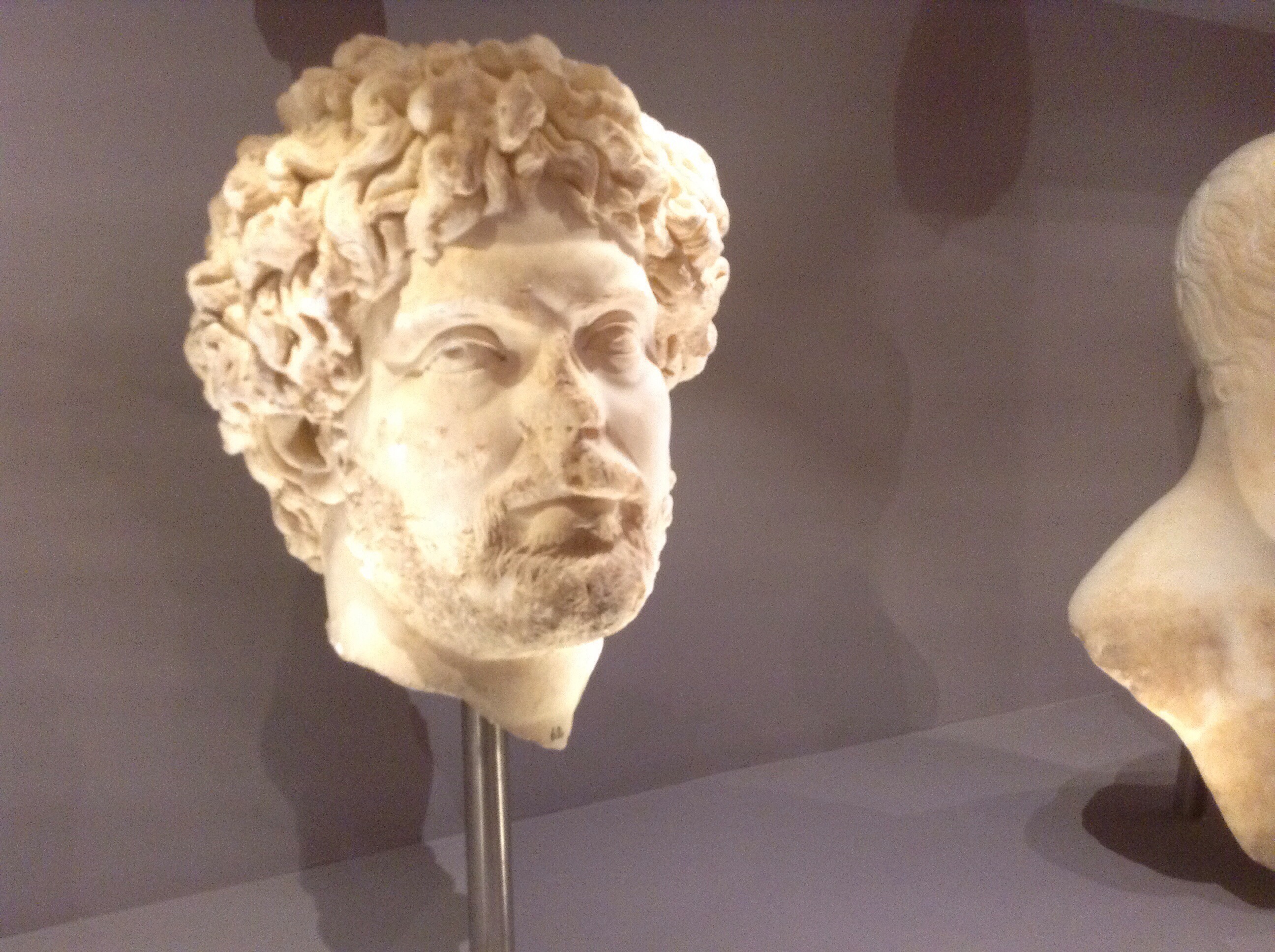Today’s visit to the Archaeological Museum of Sitia was an opportunity to view the amazing finds from archaeological sites in Eastern Crete such as Mochlos and Palaikastro. The Palaikastro Kouros is an ivory figurine found burned and in fragments in a shrine room at the Minoan town settlement of Palaikastro. The discoloration of the burning makes it clear the Kouros was burned after being broken, perhaps deliberately. This intricate and exquisite object has fascinated archaeologists and art historians due to to its aesthetic virtuosity. Some archaeologists even speculate it may have been a cult statue of a young Zeus, who, according to myth, was born on the island of Crete.
Not only modern archaeologists speculate about the usage of unusual found objects. The Archaeological Museum of Sitia also displays pygmy hippopotamus skulls and a pygmy elephant tooth found on the island from approximately 80,000-50,000 BCE. Some archaeologists believe that ancient people who saw these unusual skulls may have misinterpreted the hole where the elephants tusk would go as something else entirely: a single eye socket, thus explaining the origins of the mythological Cyclops.
We ourselves were archaeologists today when hiking up to the Peak Sanctuary of Petsofas, where thousands of pottery fragments serve as visual evidence for the many ancient pilgrimages to this sacred site. Investigating and imagining what the sherds originally belonged to, for example a human figurine or a vase, was a fun and exciting exercise!



